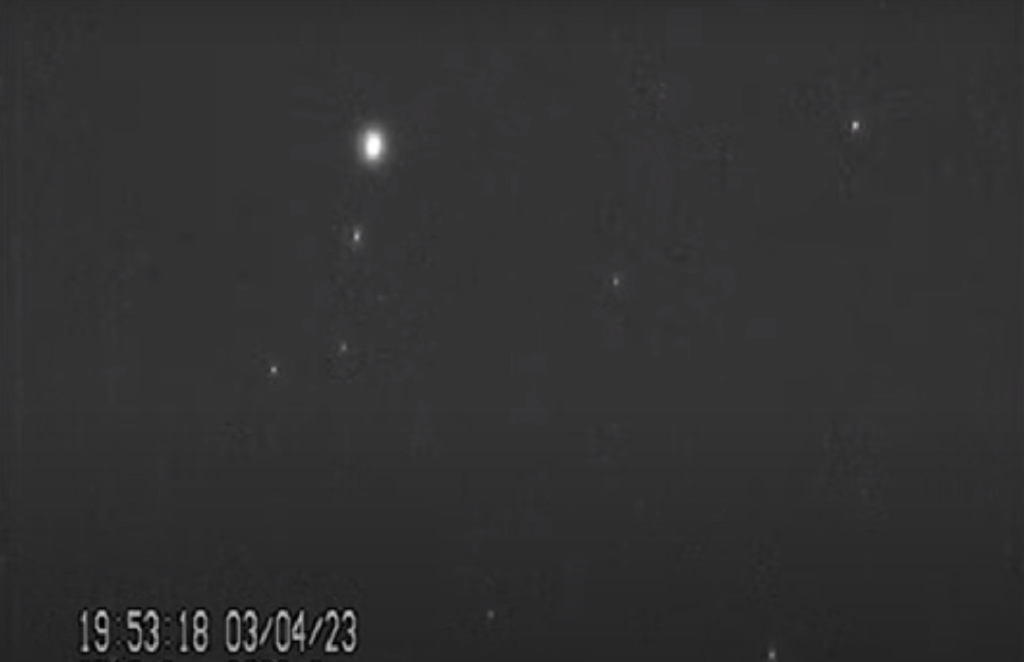Free Courses Sale ends Soon, Get It Now


Free Courses Sale ends Soon, Get It Now



Disclaimer: Copyright infringement not intended.
Context
Details
Satellite Constellation
Impact on Astronomical Studies
Challenges in Predicting Brightness
Conclusion
Efforts to mitigate the impact of bright satellites on astronomy have faced challenges. Collaboration between researchers, satellite operators, and policymakers is crucial to understanding how satellites reflect sunlight better. Improved insights into satellite behavior will enable the development of effective mitigation strategies to preserve the sanctity of the night sky for astronomical research and observation. However, the growing trend of launching larger and brighter satellites demands sustained attention and action to protect the integrity of astronomical studies.
|
PRACTICE QUESTION Q. The launch of the BlueWalker 3 satellite and the concept of satellite constellations have significant implications for both telecommunications and astronomy. Discuss the key features and functions of BlueWalker 3, highlighting its impact on night sky visibility and radio astronomy. (250 Words) |
© 2024 iasgyan. All right reserved